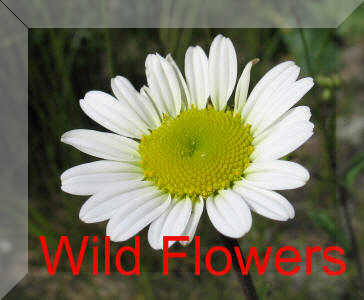Spurge Laurel
Daphne laureola
Thymelaeceae (Daphne family)
Previous Page
Next Page
Flowers: January - April.
Spurge Laurel is an evergreen perennial shrub with glossy, leathery leaves, which are clustered at the top of its erect shoots, up to 1 metre tall. The tigthly packed clusters of yellowy-green bell-shaped flowers are honey-scented and half-nodding. The fruits are berries, which are green at first and turn black when ripe. They are pollinated by early-flying butterflies and bumble-bees. Birds are often responsible for spreading the seeds.
Spurge Laurel can be found in dry woods and scrub, hedges and woodland clearings. It is widespread in England (although localised), scarce in Wales and the South-west and absent or alien in Scotland and Ireland.
This plant is neither a spurge nor a laurel and is so named because the flowers resemble some of the spurges and the leaves look very much like that of the laurel. This last resemblance is also reflected in the family name. Daphne was a river nymph in Greek mythology. She feared the advances of the Sun God Apollo and pleaded to the other Gods to help her. They changed her in laurel bush. Apollo henceforth wore a wreath of laurel around his head.
It is interesting to note that Spurge Laurel makes the most of the few rays of sunshine it can get by blossoming in the winter when the canopy above lets through more light than in the summer.The Daphne family consist of 500 species, which are particularly well-represented in Africa, Asia and the Pacific Islands. They are small shrubs or occasionally herbs. Some are popular as garden plants, such as for example the deciduous Mezereon (Daphne mezereum), which is our only other native Daphne, and the evergreen D. odora 'Aureomarginata'. Most of the members of the Daphne family produce stem fibres, used especially in the Himalay and Tibet for paper-making.Mezereon also grows wild, in woodlands, scrub and pastures on calcereous soils. It is now a protected species in the wild and is found only in rare local places from Sussex to Yorkshire. Mezereon is extremely poisonous and eating its bright red berries has lead to fatal accidents. Many plants in this family are fragrant, although some have likened the smell of Mezereon to Windolene.
The Spurge Laurel is less acrid and its leaves and bark have at times been used as an abortifacient by desperate women. It stimulates contractions of the womb, but it is difficult, dangerous and unpleasant to use. It may cause vomiting and purging.

